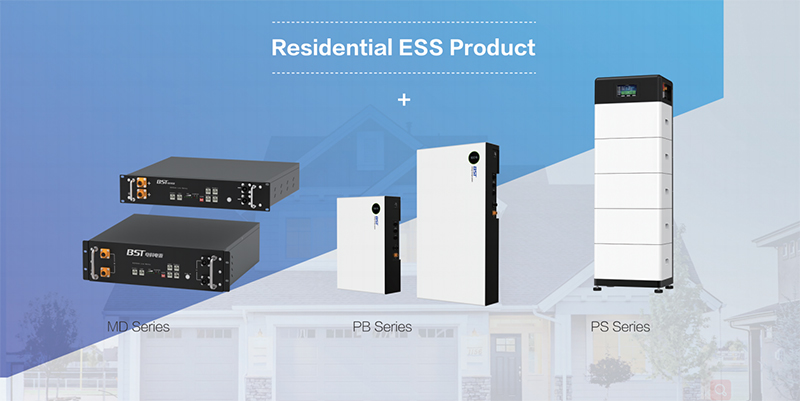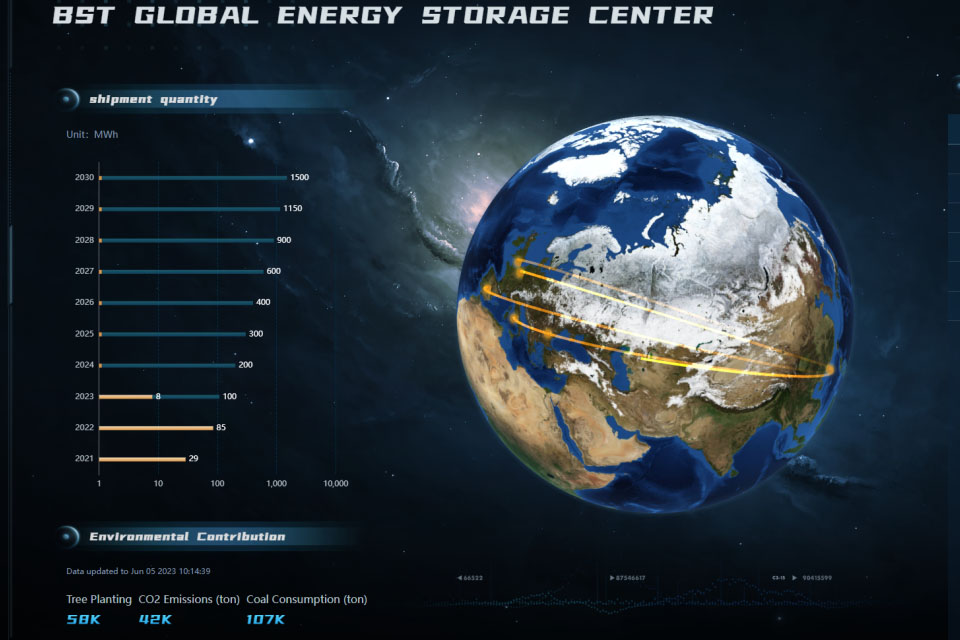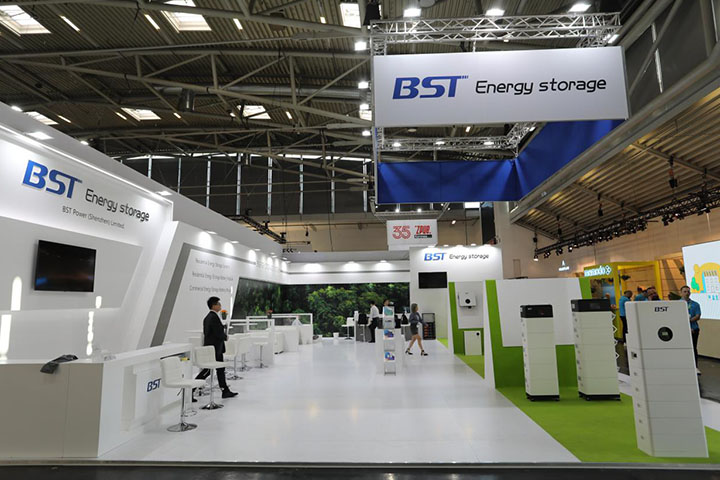As the world becomes more focused on sustainability, clean energy technologies are gaining attention. Lithium Iron Phosphate (LFP) batteries have emerged as a popular alternative in the battery market. These batteries are commonly used in electric vehicles (EVs), energy storage systems, and renewable energy technologies. But are LFP batteries truly better for the environment? In this article, we will analyze the environmental impacts of LFP batteries from different perspectives.

What Are LFP Batteries?
LFP batteries are a type of lithium-ion battery that uses lithium iron phosphate (LiFePO₄) as the cathode material. Unlike traditional lithium-ion batteries, which use cobalt or nickel, LFP batteries provide several key benefits, including better thermal stability, longer lifespan, and lower cost. These features make LFP batteries increasingly popular in applications like electric vehicles and renewable energy storage systems.
Environmental Benefits of LFP Batteries
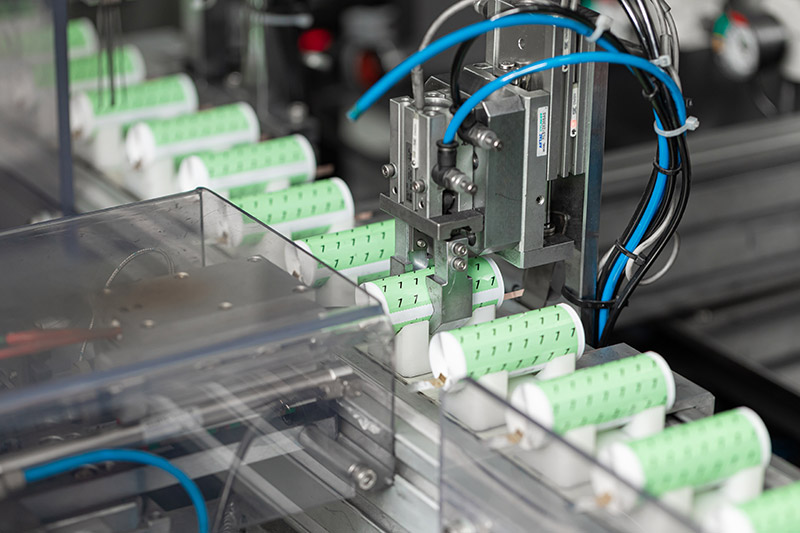
1. Lower Resource Dependency
LFP batteries are more sustainable than other lithium-ion batteries due to their use of iron and phosphate. These materials are abundant and easier to extract compared to cobalt and nickel, which are scarce and environmentally problematic. Cobalt mining, in particular, has been linked to human rights abuses and environmental degradation. In contrast, iron and phosphate are widely available, reducing pressure on rare resources and lowering the environmental impact of raw material extraction.
2. Reduced Carbon Footprint
The production process for LFP batteries is generally less energy-intensive compared to cobalt-based batteries. Extracting and processing iron and phosphate require less energy, resulting in a lower carbon footprint. Although manufacturing batteries still generates greenhouse gas emissions, LFP batteries have a smaller environmental impact during production compared to their cobalt and nickel counterparts.
3. Longer Lifespan
One of the most notable features of LFP batteries is their longevity. These batteries can withstand more charge and discharge cycles without significant degradation, resulting in a longer lifespan. A longer operational life means fewer battery replacements, which reduces the demand for new batteries and minimizes waste. The extended lifespan of LFP batteries also helps lower the overall environmental burden associated with battery disposal.
4. Lower Risk of Pollution
LFP batteries present a lower risk of environmental pollution when compared to other battery types. Cobalt-based batteries can release toxic substances like cobalt and nickel into the environment, especially if they are improperly disposed of. On the other hand, LFP batteries are safer and less likely to leak harmful chemicals. Their thermal stability also reduces the likelihood of accidents, such as fires or explosions, that could release toxic substances into the environment.
Environmental Challenges of LFP Batteries
1. Lower Energy Density
LFP batteries have a lower energy density than other lithium-ion batteries. This means that they store less energy per unit of weight or volume. While this is not a major concern for stationary energy storage systems, it can be a limitation for electric vehicles and other mobile applications that require high energy storage in a compact size. To meet these demands, more LFP battery units may be needed, which could increase the consumption of raw materials and energy.
2. Recycling Issues
While LFP batteries are easier to recycle than some other battery types, the recycling process is still not perfect. The technology to recycle LFP batteries efficiently is still under development, and the economic feasibility of large-scale recycling remains a challenge. Inadequate recycling leads to waste and resource depletion, which can undermine the environmental benefits of using LFP batteries in the first place.
3. Raw Material Extraction Impact
Although iron and phosphate are more abundant than cobalt and nickel, their extraction still has environmental consequences. For example, phosphate mining can lead to water pollution and soil degradation. While these impacts are generally less severe than those caused by cobalt mining, they still contribute to environmental harm, particularly in areas where mining regulations are weak or poorly enforced.
LFP Batteries in the Future of Green Energy
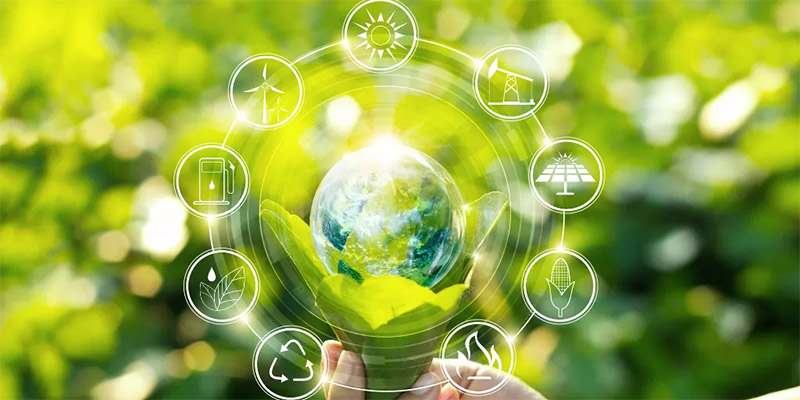
LFP batteries are likely to play a significant role in the transition to a low-carbon economy. Their lower cost, longer lifespan, and environmental benefits make them an appealing choice for applications like electric vehicles and renewable energy storage systems. However, to maximize their environmental potential, improvements are needed in battery recycling, energy density, and the sustainability of raw material extraction.
Conclusion
LFP batteries offer several clear environmental advantages. They reduce the reliance on rare and harmful materials, have a lower carbon footprint during production, and boast a longer lifespan, which ultimately helps reduce waste. However, challenges such as lower energy density, recycling limitations, and the environmental impact of raw material extraction remain. As technology improves, it is likely that these issues will be addressed, making LFP batteries an even more sustainable choice for the future.
10 FAQ About LFP Batteries and Their Environmental Impact
1. Why are LFP batteries considered more eco-friendly than other lithium-ion batteries?
LFP batteries use iron and phosphate, which are abundant and less harmful to extract than cobalt and nickel, reducing environmental degradation and human rights issues.
2. Do LFP batteries have a smaller carbon footprint?
Yes, LFP batteries generally have a smaller carbon footprint during production compared to cobalt-based batteries due to the simpler processing of iron and phosphate.
3. How long do LFP batteries last?
LFP batteries typically last longer than other lithium-ion batteries. They can handle more charge and discharge cycles without degrading, reducing the need for replacements.
4. Are LFP batteries safe for the environment?
Yes, LFP batteries are safer than many other types of lithium-ion batteries. They are less likely to cause pollution or release toxic chemicals, even when disposed of improperly.
5. What are the main drawbacks of LFP batteries in terms of the environment?
The primary drawbacks are their lower energy density, which may require more raw materials for certain applications, and the environmental impact of phosphate mining.
6. Can LFP batteries be recycled easily?
LFP batteries are easier to recycle than other types, but recycling technology is still developing. Efficient, large-scale recycling is not yet economically feasible.
7. Are LFP batteries suitable for all electric vehicles?
LFP batteries work well for certain electric vehicles but may not be ideal for long-range EVs due to their lower energy density. They are more commonly used in vehicles with shorter ranges.
8. How do LFP batteries help reduce global carbon emissions?
LFP batteries contribute to reducing carbon emissions by enabling the use of renewable energy sources like solar and wind. They help store energy for later use, reducing reliance on fossil fuels.
9. Are LFP batteries cheaper than other types of batteries?
Yes, LFP batteries are generally cheaper to manufacture because the raw materials are less expensive and more abundant than cobalt and nickel.
10. Will LFP batteries become more environmentally friendly over time?
As technology advances, it is likely that LFP batteries will become more environmentally friendly. Improvements in recycling, energy density, and sustainable sourcing will further enhance their eco-friendly profile.
